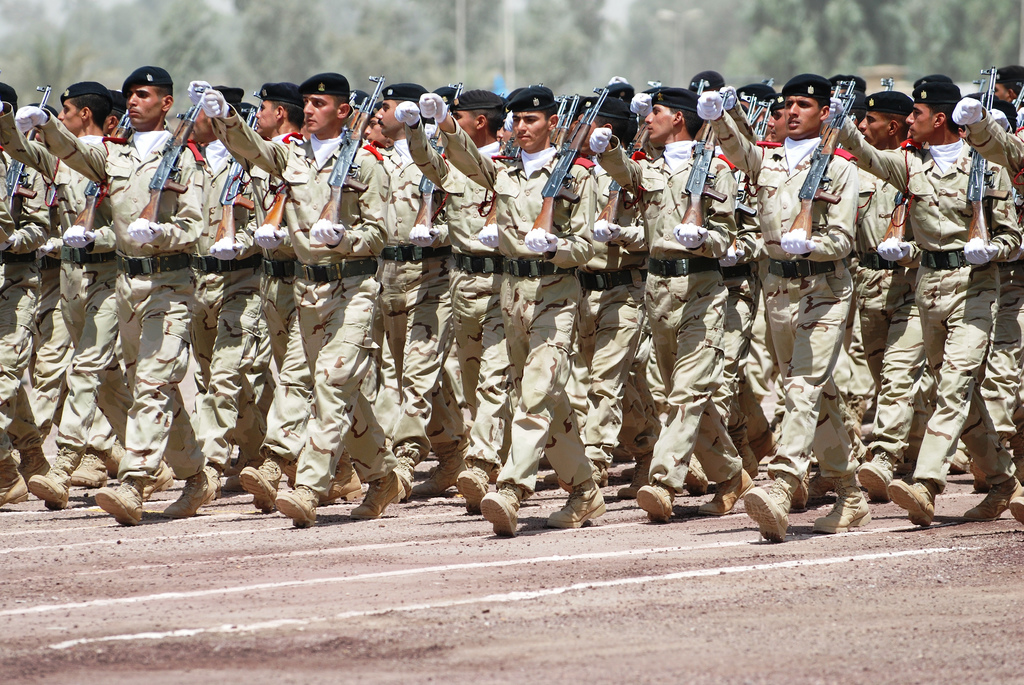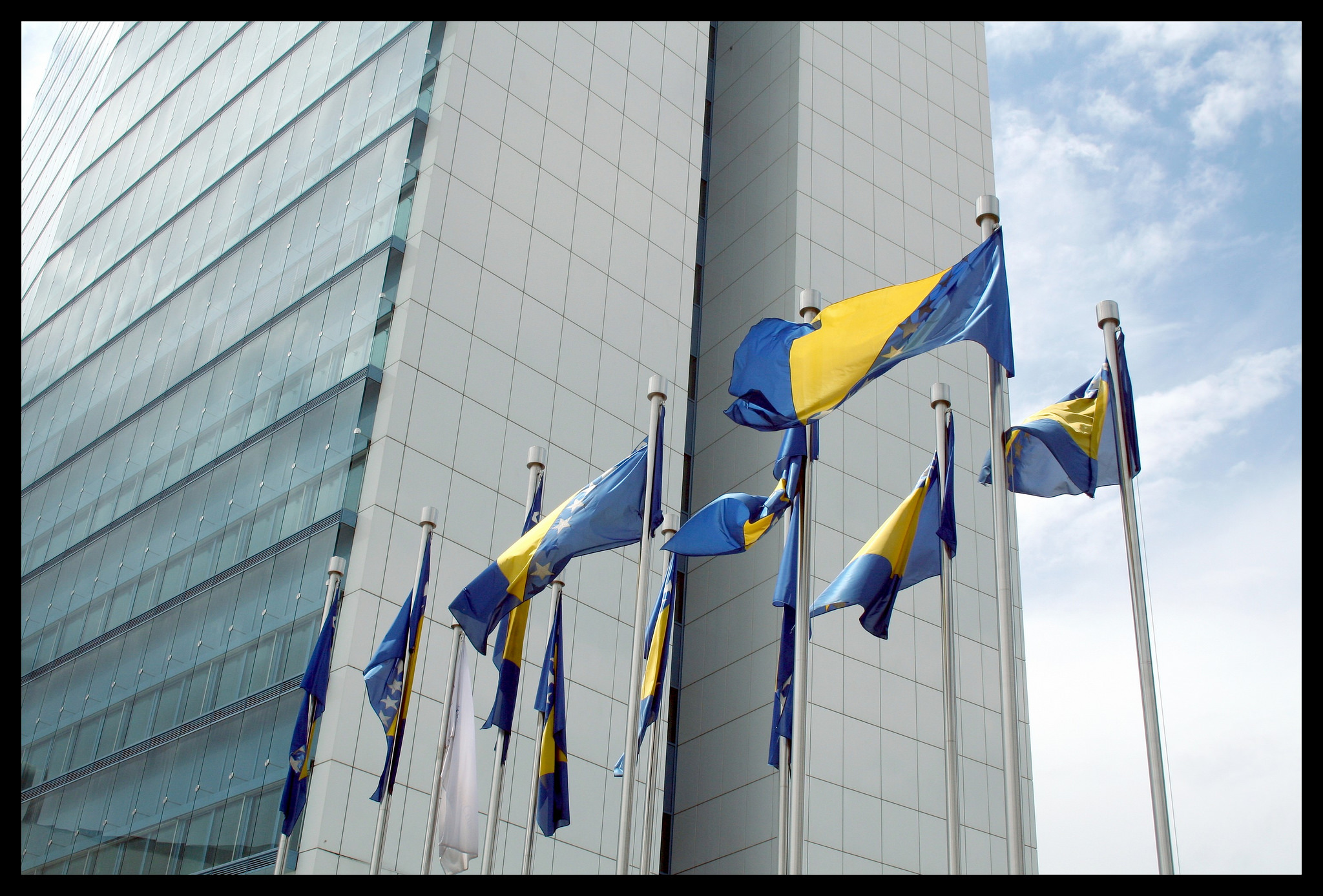As noted in a 2014 RAND report, the past few decades have witnessed a widespread growth of Salafi jihadists across the globe. According to the report, in 1988 there were just 3 Salafi jihadist groups, but by 2013 there were 49.
This data is an indication of the failure to understand the reasons behind their growth, even though the United States and its allies have been at war with them for nearly two decades.
In 2013, the top three Salafi jihadist groups of the ten main terrorist groups–the Taliban, the Islamic State, and Boko Haram–produced 65% of all of the fatalities, numbering over six thousand. The religious leaders, Mohammed Omar, Abu Bakr al-Baghdadi, and Mohammed Yusuf, respectively, founded and/or led all of the three.
Although Osama bin Laden was the most well-known leader of another Salafi jihadist group, al Qaeda, it was a religious leader, Abdullah Azzam, who was one of its founders.
In her latest article, Barbara Walter identifies the extreme ideology of Salafi jihadists with militant jihad, rejection of democracy, and the embrace of a very narrow and conservative version of sharia, the Islamic law. With their purported desire to bring about the rule of sharia law, Salafi jihadists can hope to gain legitimacy and support in sharia-popular communities.
Religious leaders’ apparent domination of the leadership ranks of Salafi jihadist groups is no coincidence. By definition, sharia is a particular religious leader’s interpretation of Islam and is deemed an all-encompassing divine law, especially from the Salafist standpoint. These leaders are then primed to provide operational guidance to the “sharia-adhering” jihadists.
Moreover, these leaders act as a credible bridge between the public and the jihadist groups, are able to recruit fighters, are a source of extreme ideologies, and are invaluable for their exegetical expertise, including that of invoking the militant jihad doctrine.
What is a basis of religious leaders’ power-base in Muslim communities and how does their influence correlate with Salafi jihadism? The table below extracted from my recent scholarship provides some answers.
The entries in the first four columns came from a 2013 Pew report, the presence of Salafi jihadist groups in the respective countries from the 2014 START database, and the state of jihadist attacks from news reports determined the entries in the 5th column.
A comparison of the entries in column 2 with those in columns 3 and 4 suggests that religious leaders owe their influence to sharia’s popularity. The high sharia support figures noted below are attributable to the worldwide export of Saudi Arabia-based, sharia-emphasizing Wahhabism (a form of Salafism).
The lower sharia support figures in Kosovo, for instance, are likely due to the prior existence of strong secular ethos and late penetration of the Wahhabi propaganda spearheaded by religious leaders. A government report acknowledges the leaders’ role “in recruiting the Kosovars to go and fight in Syria” and for contributing “to the development of a religious extremist ideology over recent years.”
In the table below, of the ten nations where the majority of the Muslim public supports sharia as the law of the land and supports a role for religious leaders in politics, homegrown Salafi jihadists have a strong presence in eight. Conversely, in eight nations where the support for the above measures is low, only in one do the homegrown jihadists have a strong presence.
In the lone exception associated with the latter correlation, the homegrown jihadist attacks in Turkey, were likely due to the situation created by the presence of the Islamic State in nearby Syria and facilitated by the porous borders.
The data succinctly underscores the importance of religious leaders’ and sharia’s popularity vis-à-vis formation and sustainability of Salafi jihadist groups. That’s an important takeaway, not yet part of the conventional wisdom and the policies that would entail.
Support Levels for Sharia and Religious Leaders Correlated with Salafi Jihadism:
| Country | Support for Sharia as the Law of the Land (in %) | Support for Religious Judges
(in %) |
Support for Religious Leaders in Politics
(in %) |
Homegrown Jihadist Attacks |
| Kosovo | 20 | 10 | 27 | No |
| Albania | 12 | 11 | 17 | No |
| Bosnia | 15 | 6 | 17 | No |
| Kyrgyzstan | 35 | 44 | 46 | Weak |
| Turkey | 12 | 14 | 36 | Strong |
| Tajikistan | 27 | 33 | 28 | Weak |
| Kazakhstan | 10 | 14 | 24 | Weak |
| Azerbaijan | 8 | 8 | 14 | Weak |
| Russia | 42 | NA | 58 | Strong |
| Malaysia | 86 | 84 | 82 | Weak |
| Indonesia | 72 | 66 | 75 | Strong |
| Afghanistan | 99 | 78 | 82 | Strong |
| Bangladesh | 82 | 71 | 69 | Strong |
| Pakistan | 84 | 84 | 54 | Strong |
| Egypt | 74 | 94 | 75 | Strong |
| Palestinian Terr. | 89 | 75 | 72 | Strong |
| Tunisia | 56 | 42 | 58 | Strong |
| Iraq | 91 | 73 | 57 | Strong |
| Jordan | 71 | 93 | 80 | Weak |
| Lebanon | 29 | 53 | 37 | Strong |
| Nigeria | 71 | NA | NA | Strong |
Moorthy Muthuswamy is an independent scholar of radicalism with a doctorate in nuclear physics. His email: moorthym@comcast.net.








1 comment
Excellent review by Dr. Muthuswamy – in its systematic and structured analysis of facts in order to understand this global phenomenon.
I would suggest two more factors that enabled the sharp increase in Jihadist groups striving for Sharia law:
1) the success of the Iranian Islamic revolution, as a model for a Sharia based state.
2) the endemic weakness of all/most Arab states in the 20th century and their failure to deliver any real progress to their populations.
I hope that Dr. Muthuswamy will expand his analysis to cover these 2 aspects.
Regards